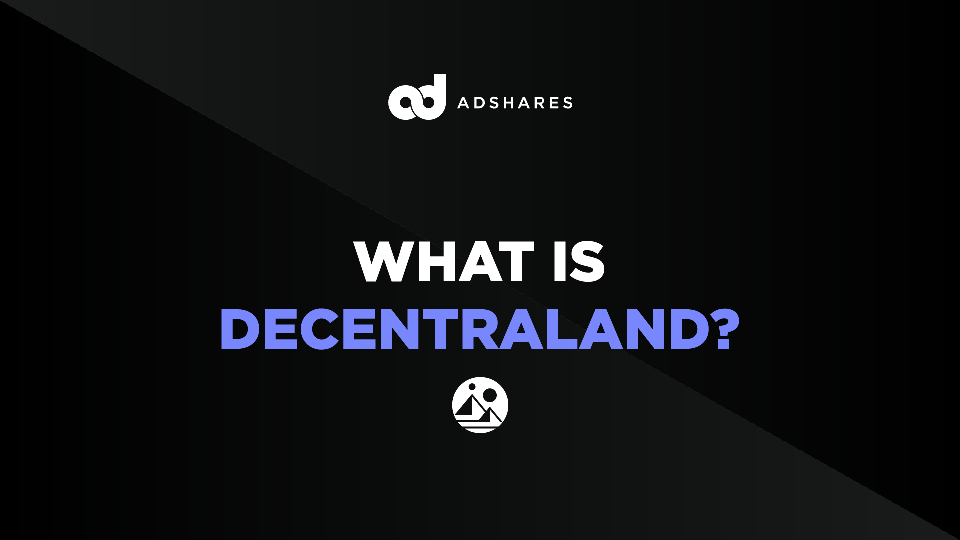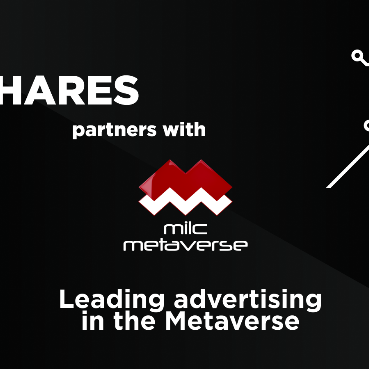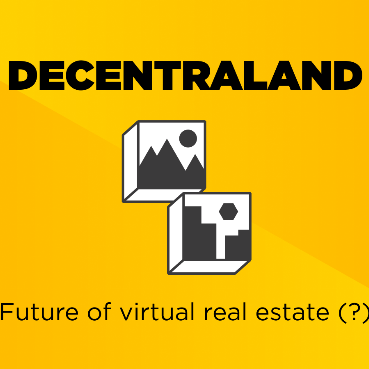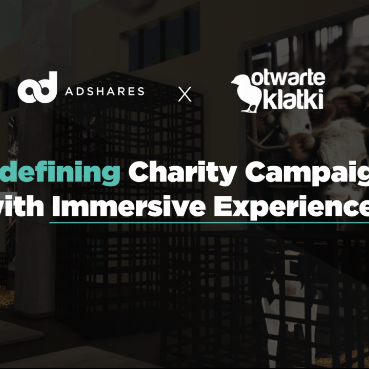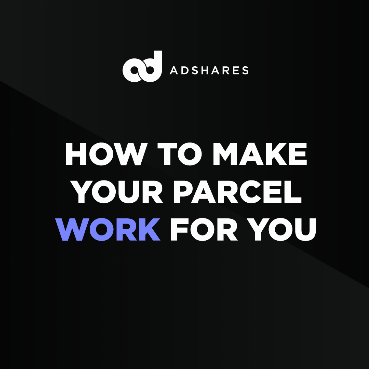The Metaverse is here to stay (and thrive)
With the unstoppable (albeit slowed down, by the sudden AI craze and crypto winter) advent of the Metaverse, marketers, brand managers and media planners are looking toward the Metaverse with a mix of anticipation, hope and dread. Or they mock it, citing “rape in the Metaverse”, 68 user count – shortly, covering their lack of knowledge and anxiety.
But the Metaverse is developing. Or should we say, metaverses are developing? And it (they) will redefine marketing, among many other aspects of our lives and economy. If you just want a 3D VR experience for your brand – yeah, the Metaverse is nothing new or exciting. We could fly like a hawk in a 360 video back in 2015. If you want to build a city where kids can learn to manage their money – you can do it in Roblox, just like the ING Bank.
But if you want to understand how marketing in Web3 decentralized environments, games, and worlds will require a whole different approach – read on.
Decentraland – the best example of “decentralized metaverse”
Many people compare the Metaverse to Massive Multiplayer Online Games such as Roblox, Minecraft or Fortnite. But this is true only on the surface. And a very thin one.
The Metaverse is best understood when compared to a foreign country.
Everything important is hidden below the aesthetics, physics, gameplay and experiences. The more I dive into this world, the more I would compare it to a foreign country, with its own:
-
Landscape, co-created by its users
-
Currency – called MANA
-
Residency - the “Guest” visa, requiring an email, or a Web3 wallet
-
Economy - from Land owners to beauty parlors and ad agencies
-
Trade - internal and external marketplaces and exchanges
-
Governance - the Decentraland DAO (i.e. Decentralized Autonomous Organisation)
-
“Founding Fathers and Mothers” - the Decentraland Foundation
As you can see - this is radically different from what we know from history. Because it’s digital in nature, virtual in terms of the interface, decentralized in terms of governance - but so very, very real. Mostly, because of the money.
A user-created Landscape
On a gameplay level, Decentraland could be compared to “Roblox inside Brookhaven” – a huge city, where every building offers a different experience – from “Whack-a-mole” to a game where you mine asteroids to score a coin. You can play online 3D poker, black-jack or roulette - just like you can on gambling websites. There are thematic Districts, built around Plazas, dedicated to Art, Business, Fashion, Gaming and more.
We will dive more into “what’s possible in Decentraland” further down.
Realistically, compared to Roblox (with thousands of games to play online, and millions of users to play with) - Decentraland doesn’t have much to offer. It’s like a new mega-city being built right in front of your eyes. So, it’s like a building site in many ways.
The Currency
Just like many virtual games, Decentraland, too, has its own currency. Goods – from Land to Assets - are acquired with MANA. MANA is also the governing token. It means that most decisions regarding the world are being voted for by token holders, using on online mechanism.
Somebody say “vote with your wallet” again.
But there’s the crucial difference: MANA is fully tradeable. You can even buy some using your credit card, or one of many ramping (i.e. buying cryptocurrencies with fiat money) services like Transak. And then you can withdraw it and spend as you like. Unlike in (m)any known digital games.
Residency / Visa
If you just want to hang out, visit some friends, see what’s going on, then you don’t need any extra measures besides typing play.decentraland.org in your browser window and providing your email – just like signing up to any game. You will get a basic experience – with your basic avatar, basic clothing and movements, called Emotes. But if you want to make the most of your visit here, it is necessary to obtain a Web3 wallet.
A web3 wallet is a piece of software that allows you to access and control your assets on the decentralized web, including cryptocurrency, NFTs, online tickets and much more. Only by having a web3 wallet can you access the whole economy and possibilities that Decentraland creates.
Ownership is a sign of commitment
The next level of ownership is “Decentraland name” – a special NFT domain, working a lot like Twitter’s blue sign, or a LinkedIn Premium account. And just like with a premium account – you get an added value – in this case, your own virtual world to build and play with your guests.
Economy
By now, everybody knows that trading virtual land is a big deal. Fortunes were made and lost on virtual lands. But this whole land trade hype is just that – land. And virtual land is just the beginning, a baseplate, if you like, for everything else.
-
Land is being traded, rented, or leased for MANA.
-
Virtual architects make MANA designing and constructing virtual buildings – shops, galleries, stadiums and spaceships.
-
Event agencies plan and deploy virtual experiences, games, and festivals.
-
Designers create and sell virtual clothes, hairstyles, makeup, accessories and even “emotes”, i.e. virtual movements and expressions.
-
…and then virtual casinos rip them all off their hard-earned MANA, because that’s what casinos do.
The “creator economy” at its finest.
Trade
Like any foreign economy, Decentraland has many trade interfaces, both internal and external. Internally, you can buy stuff directly from within Decentraland. On a “country level” - there’s the Decentraland Martketplace, which can be compared to a “metaverse eBay”. But Decentraland assets are also available on external NFT exchanges, such as OpenSea. And of course, there’s the DeFi aspect of MANA, which we have covered in the “Currency” section above.
Governance
Decentraland is a country, where land owners, contributors, programmers and creators form a virtual government – and take decisions regarding the world’s development. I would call it “open source democracy” – because all Improvement Proposals are publicly available, discussed, edited, and improved before being voted on. And every citizen has the right to put forward a proposal.
Such governing mechanism is called Decentralized Autonomous Organization. Something that Roblox or Facebook would never consider. Because, now imagine that Facebook was a Decentralized Autonomous Organization… for one - every user in the world could obtain the Facebook token, openly and easily - and have a voting power on the changes being made on the platform. Don't like the new UI? Propose to revert it. Or better yet - propose your own code and submit it for voting. Cambridge Analytica scandal? Let's vote the CEO out of the company.
And beneath all of that, there’s the Decentraland Foundation – a team of people who built the initial Decentraland and provided all of these tools to the public.
What’s possible in Decentraland/ the Metaverse?
Like we said before – the Metaverse is a lot like a whole different country. Marketing in the Metaverse is a bit like trading with a foreign country. Unless you use a service like Adshares or Web3ads – you don’t just “go buy airtime in Decentraland”.
You actually need to spend some time getting to know the ecosystem, getting in touch with people who know people, understanding the culture, community and customs.
Your brand’s “virtual presence”
It’s the first thing everyone thinks about – naturally.
-
In Internet 1.0 – businesses needed to have a website.
-
In the social web – businesses had to have profiles, fan-pages, apps.
-
With e-commerce – businesses had to introduce an online sales channel.
Now – in the Metaverse – there’s space for all of this. Think of your Metaverse presence as a mix of your
-
fan-page, but in 3D (where the community can hang out and chat),
-
your brand website (with all the info and portfolio – in 3D),
-
and your online shop or service desk.
Decentraland allows you to “metaphorize” (i.e. create a digital metaphor) a part, or all of your brand’s experience.
Your brand space may be used for a variety of applications – from creating branded experiences for new users – to hosting special online events only for selected loyal customers. And, just like in the real world – you don’t need to own anything to build anything – there is a thriving Land rental market ready to be explored.
Wearables – online smart fashion
In every First/Third person game you can configure your avatar – select gender, body type, skin colour – you know the drill. But in the Metaverse – all of this is available on an open marketplace, where you can buy (and sell) virtual clothes, shoes, accessories (such as glasses, mouth/eye shapes or different auras).
But wearables can also be “smart”. They can provide you with automatic access to places otherwise impenetrable. They can contain a piece of code that can change what you see or hear, or alter your capabilities (simple example: jetpack). These wearables can be sold, won, used as an asset in a game (think of a pickaxe that doubles your mining speed), or provided as “branded wearables” in an activation or a contest.
Your employees may receive individual, custom-made uniforms for special occasions. And you may even pay people to promote your event by wearing a branded T-shirt, or becoming branded avatars.
Avatars / NPCs / bots
The Metaverse solves the queue problem once and for all. Brands may create NPCs – non-player characters, which serve as automated, AI-powered, always-on customer service representatives. They can meet and greet any number of players visiting your “office”. But, if you’re like MARS Inc., you can create virtual dogs. And if you own a Land, you can buy a dog to keep guard of your virtual home. The proceeds go to the Pedigree Foundation – and you have an NFT dog which talks to your guests.
Emotes – “emojis in 3D”
Emojis have become an integral part of how we express our emotions online. But in 3D environments, we actually have our full body to play with. So, emotes are like online body language. You can welcome, cheer, clap, kiss, shrug, cover your eyes or perform a dance. But then there’s the creator economy – so anybody in the world can create an Emote and sell it. So, my Decentraland avatar can already lean, sit, meditate, wobble, stargaze, do a Rage-Against-The-Machine dance, and do a handstand (with a flip).
But there is the rock-paper-scissor emote collection, there are fashionista poses, and it cost me thirty bucks. I was happy to spend, because I supported people I know, follow, so why not show some support?
Now, any brand which has built any type of body branding (some of us may still remember Lipton’s bag-dipping gesture) can easily transform this into a digital asset. Imagine a surf brand that creates an “aloha” gesture, which any surfing fan could obtain and use for cheering. And then sell or transfer to their kids.
Experiences and events – from festivals to VIP communities
Adoption of the Metaverse relies upon waves, and it happens on a niche-by-niche basis. It is much more difficult to get “music fans” into Decentraland than it is to get “Bjork’s fans” into it. It’s more difficult to get “car fans” than it is to get “Porsche fans”.
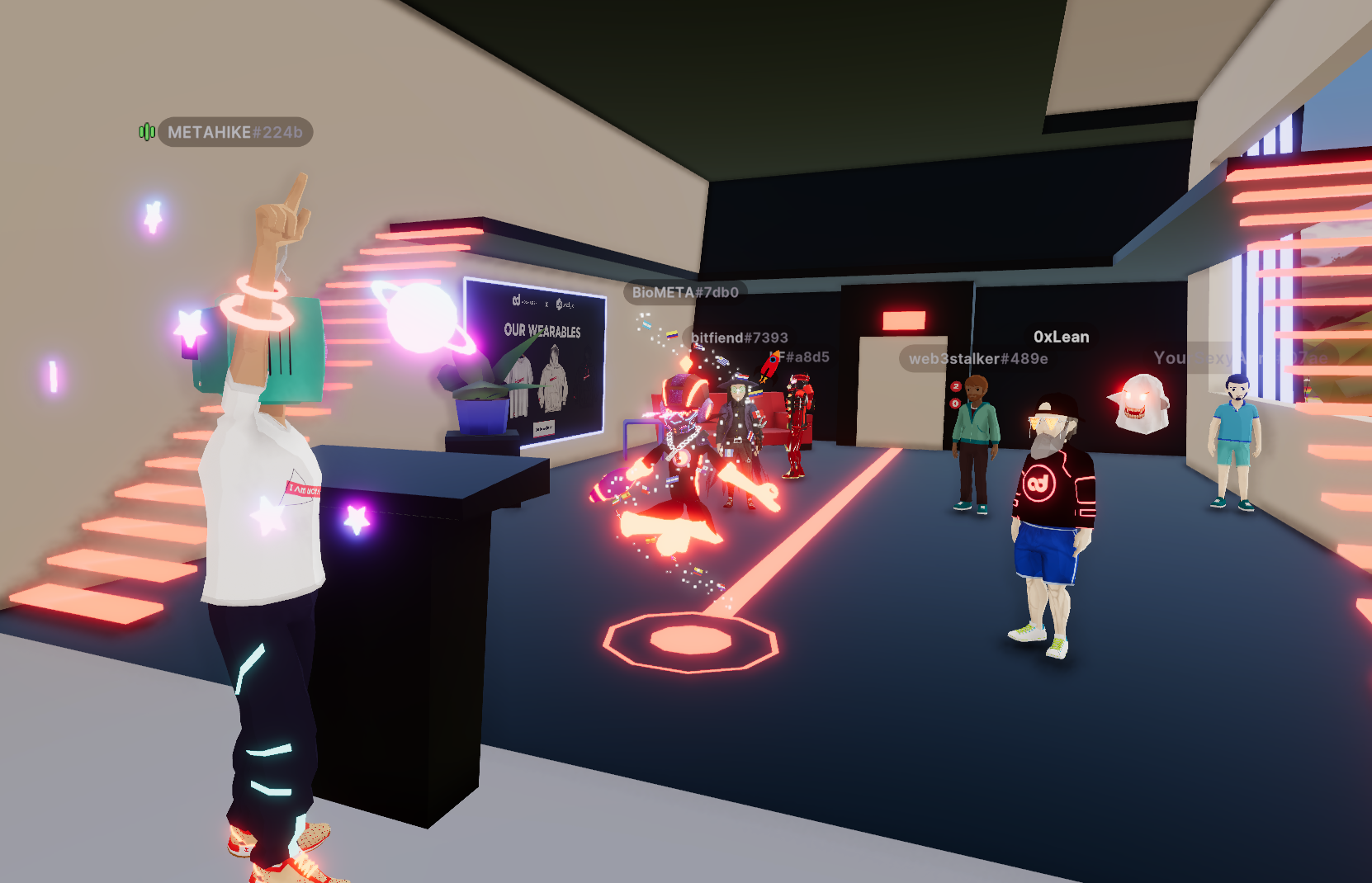
Brands may rent branded booths during many festivals already happening in Decentraland – Music, Fashion, Gaming. But the aforementioned smart wearables enable creating token-gated spaces (ones you can only access by owning an NFT or a specific item). This way, you can create employee-only area, or premium-subscribers-only area.
Your own (branded) world
Like we said – owning a piece of land in Decentraland is like having an account with a hosting service. But it comes at a price – parcels are still quite expensive to buy. But any user can register a “Name” – a blockchain .dcl domain, for as little as 100 MANA, and obtain their own space, where they can create their own, parallel world. It’s like having not just a Land – but an entire map to build on.
So there may be a “Coca-Cola Land” in Decentraland – but there can just as well be an entire “Coca-Cola-themed World”.
Commerce
Metaverse enables the creation of purely virtual goods and services. So obviously, it’s a huge marketplace for any sort of digital products, like games, clothes. But there are already solutions that enable you to purchase physical items straight from Decentraland and have them delivered to your door – “from the Metaverse”.
There’s still time to be late to the party
While most of our prospects expect “reports on performance”, and they often complain about the low numbers and questionable ROI – they all have a hard time understanding and appreciating where we are at the moment.
And we’re experiencing a supernova explosion, live and direct.
We have a unique opportunity to witness the birth, and experience the “real Metaverse” in its entirety - from acquiring your first MANA token, to getting your first collectible wearable, to voting in the DAO and helping shape the “State of Decentraland”.
If you want to be there – be there early.
And if you’re comfortable sitting and waiting for the numbers – don’t worry, we’ll be here. Stronger, smarter, more connected.
